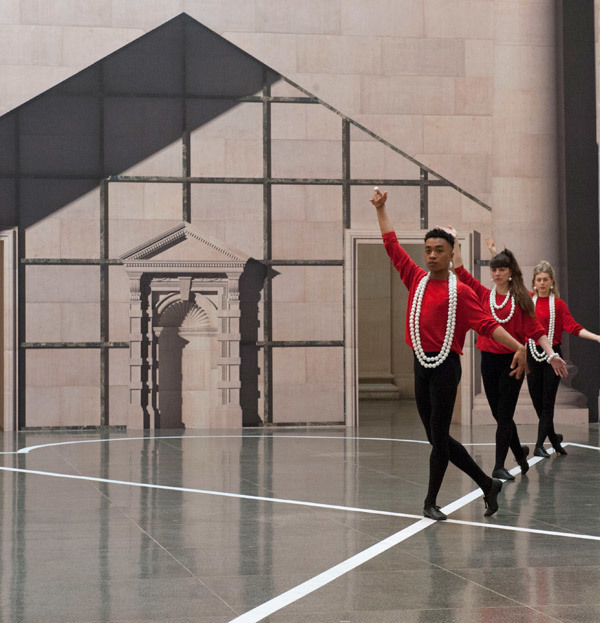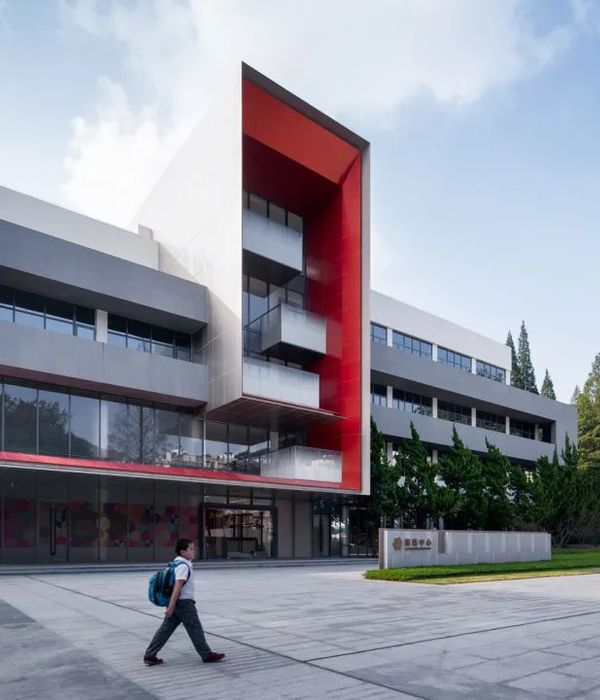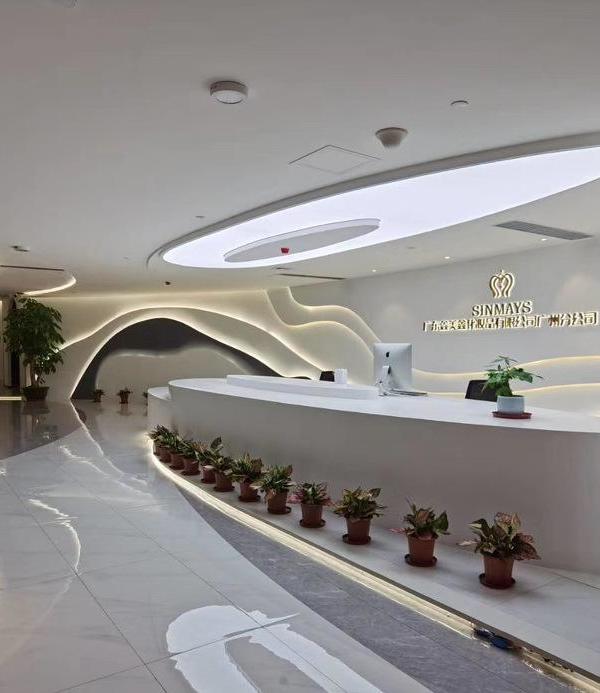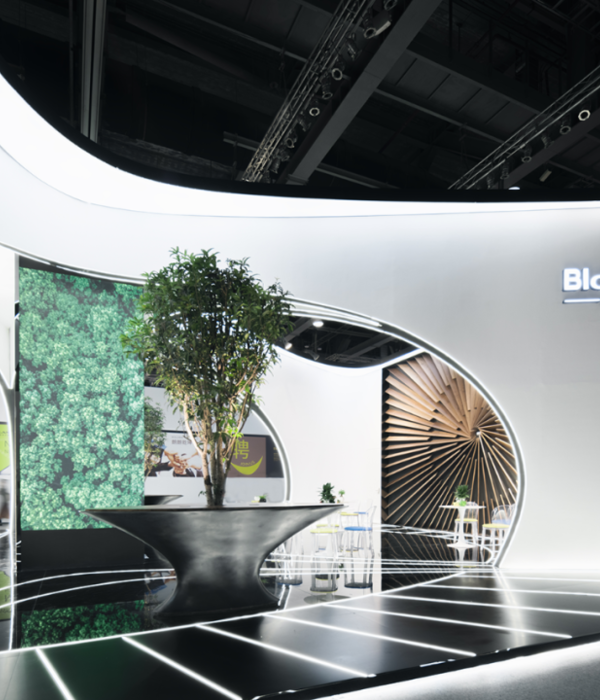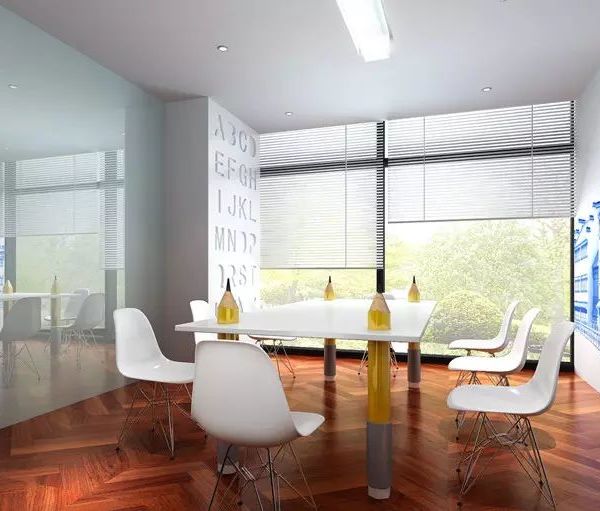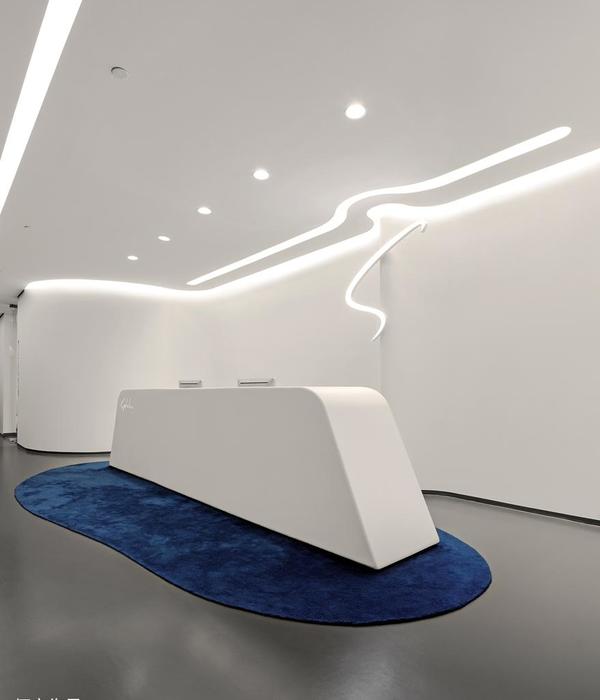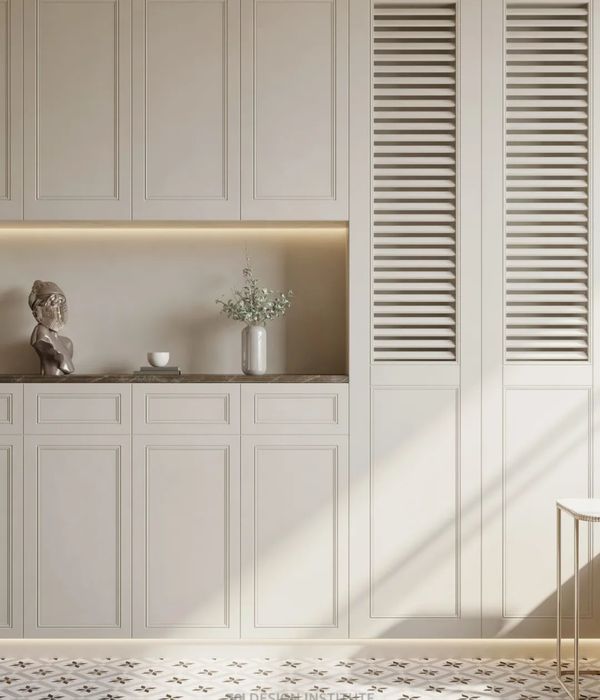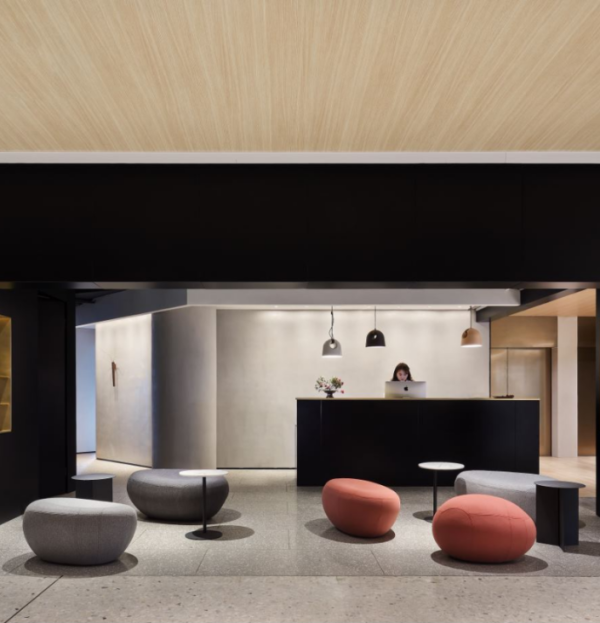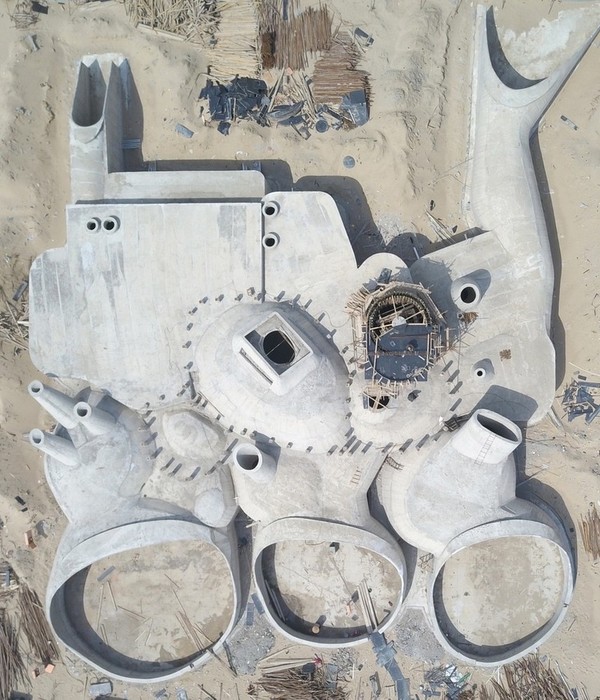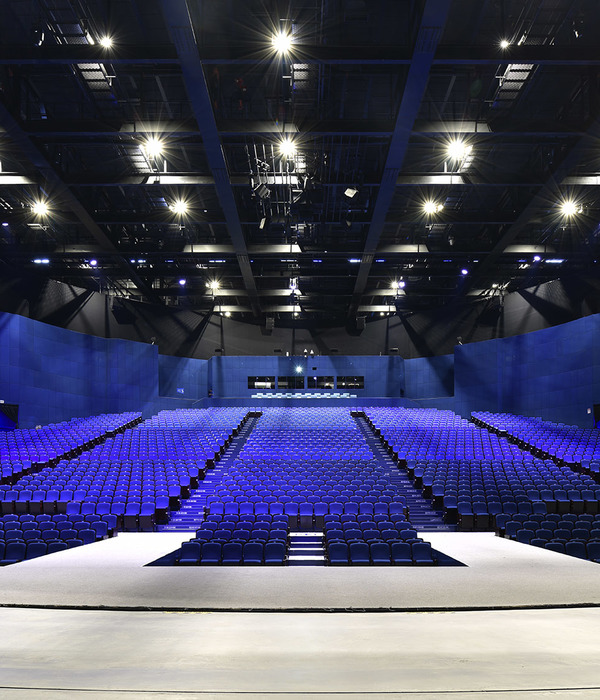Inside the Frieze Viewing Room (8-15 May), find Collective Design Fair’s exhibition ‘Color and Production: From the Atom to the Void’ – adapted and bought to life through augmented reality
With the swift cancellation of all the spring art and design fairs around the world, the race to adapt things to the digital realm has been equally intense, particularly in the lucrative art world. This week, Frieze unveils an ambitious new digital initiative, Frieze Viewing Room, dedicated to the fair’s New York edition, which would have taken place from 8-15 May. Alongside the creation of the all-new platform, which enables viewers to enter over 200 virtual viewing room spaces aided by augmented reality technology, Frieze has remained true to its already scheduled programming, including a collaborative exhibition with Collective Design Fair, curated by Libby Sellers.
Entitled ‘Color and Production: From the Atom to the Void’, the exhibition showcases historical, modern and contemporary artworks and design objects to trace the developments of colour in both disciplines.
‘I was interested in how technology has impacted the course of both art and design through history and believed that focusing on colour would be an impactful way to explore this overlap,’ explains Collective Design Fair founder Steven Learner about developing the show’s theme. ‘Given the strong academic and curatorial DNA of Frieze, I knew that our presentation needed to be more than a booth of beautiful objects; it required a thesis. I invited Libby to collaborate with me and she refined the direction, bringing her curatorial eye and academic rigor to the exhibition.’
Above, Fontana a Ruota by Bruno Munari, 1958. Courtesy, Andrew Kreps Gallery. Below, Facet Bottle#3 by Hella Jongerius, 2019. Courtesy, Galerie Kreo
The materiality of colour
Sellers tackled the mammoth theme by dialing into the aspect of materiality made possible when colour is used in a work. The study of materials is central to design practice and history, yet has conventionally been sidelined in critical art theory,’ she explains. ‘Though as artists, scholars, critics and curators turn their attention to the “stuff of this world,” materiality is once again gaining in traction.’
She continues, ‘It seemed fitting to give agency back to colour by treating it as a prime material in its own right – and so I sought works in which the colour enabled conversations about colour production, material science, technology’s influence, rather than surface application. Starting with works that engage with colour charts, it moves through how colour may be deployed, detached, and liberated from such charts and theories through pigment, plastics, inert gasses, digital technologies and natural colorants.’
When the exhibition was initially conceived, the plan was to have the artworks and design objects displayed within the main Frieze tent in an installation designed by the Mexican multi-disciplinary designer Emiliano Godoy. Visitors would have entered a series of disparate spaces in a non-chronological sequence according to Sellers’ themes, which included ‘Pigment’, ‘Standardised and Non-Standardised Colour’, ‘Plastics & Petrochemicals’ and ‘Glass and Contemporary Alternatives’.
Above, Spore by Chris Schanck for Friedman Benda. Below ROYAL Chaise_Dormeuse by Nathalie du Pasquier, 1983. Courtesy, Urban Architecture
Virtual viewing room
Following the physical fair’s cancellation, Sellers reorganised the works into three rooms within the main Frieze Viewing Room. The first, ‘Mapping’, charts colour’s use both ideologically and in nature, and includes a literal mapping of colour theories. The second ‘Matter’ focuses on the substances used to make art, ranging from pigment derived from inert gases, glass, ceramic and plastics to pre-industrial matter, while the third room ‘Material’, presents the role of production and manufacturing in expanding the use of colour.
‘It seemed fitting to give agency back to colour by treating it as a prime material in its own right’ – Libby Sellers
‘Despite the tragedy that has created this shift in presentation, this digital platform strangely offers benefits as we certainly will reach a more diverse and broader global audience than we would have physically,’ Learner reflects. ‘We are presenting a version of the original experience, which viewers can follow in a more linear fashion, room by room, seeing key pairings and themes as Libby envisioned them.’
Cabinet de Curiosite by Shiro Kuramata, 1989. Courtesy, Friedman Benda
With pieces from legendary figures, such as Anni Albers and Josef Albers, Dan Flavin and Sheila Hicks, as well as contemporary talents, like Formafantasma and Chris Schanck, the show does not lack for any highlights.
‘Fortunately all the galleries we were working with continued to support the exhibition and helped enhance the experience through imagery,’ Sellers shares. ‘Alongside more contextual written information, visitors to the Frieze Viewing Rooms will be able to use augmented reality to virtually view artworks, to scale and upon their own walls. TUUX are also created renderings of a select groups of works to help bring scale and tangibility to the digital platform.’ In lieu of being able to see the works in person, the result still forms a compelling substitute for the New York fair. §
{{item.text_origin}}

